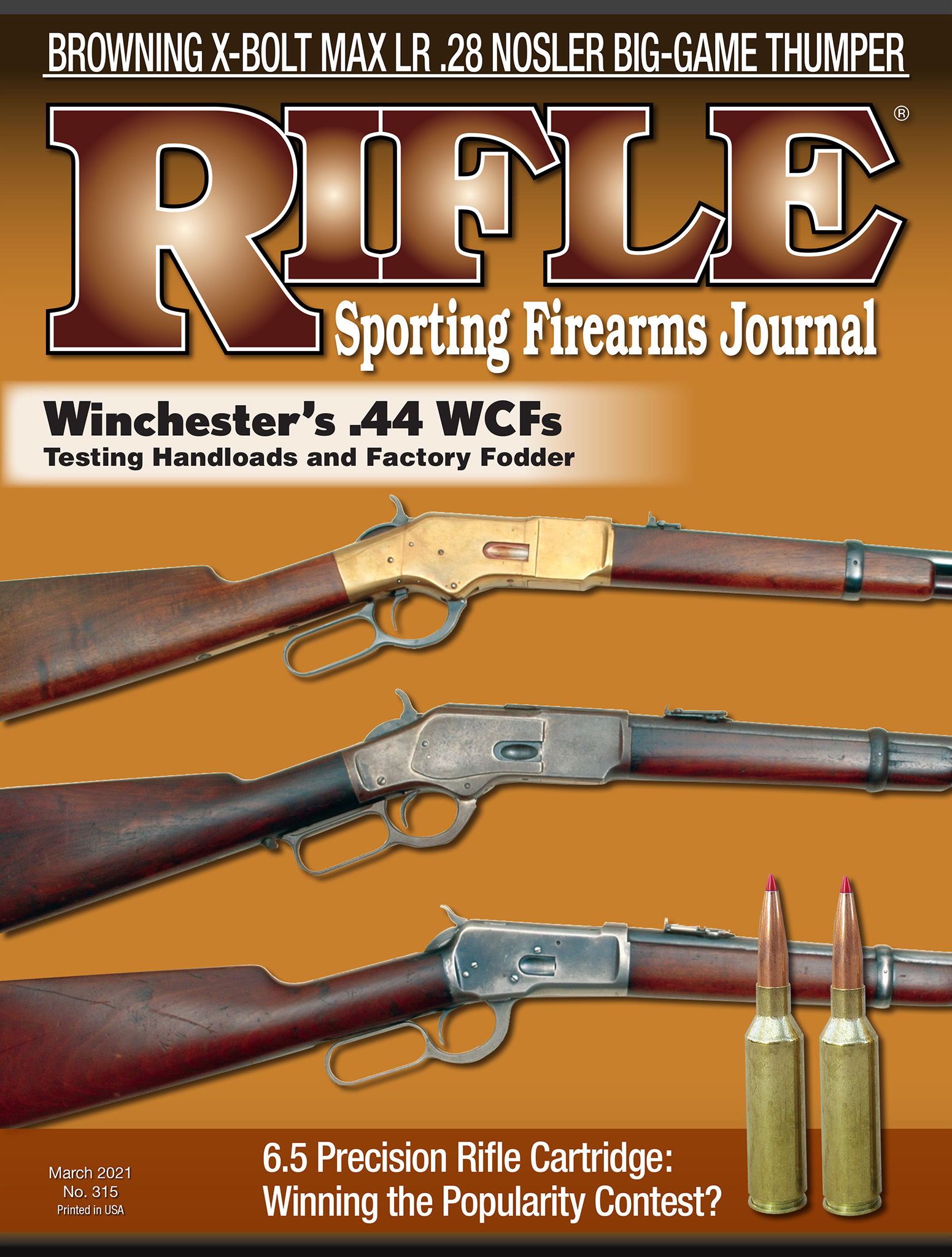Lock, Stock & Barrel
Read the Fine Print
column By: Lee J. Hoots | March, 21
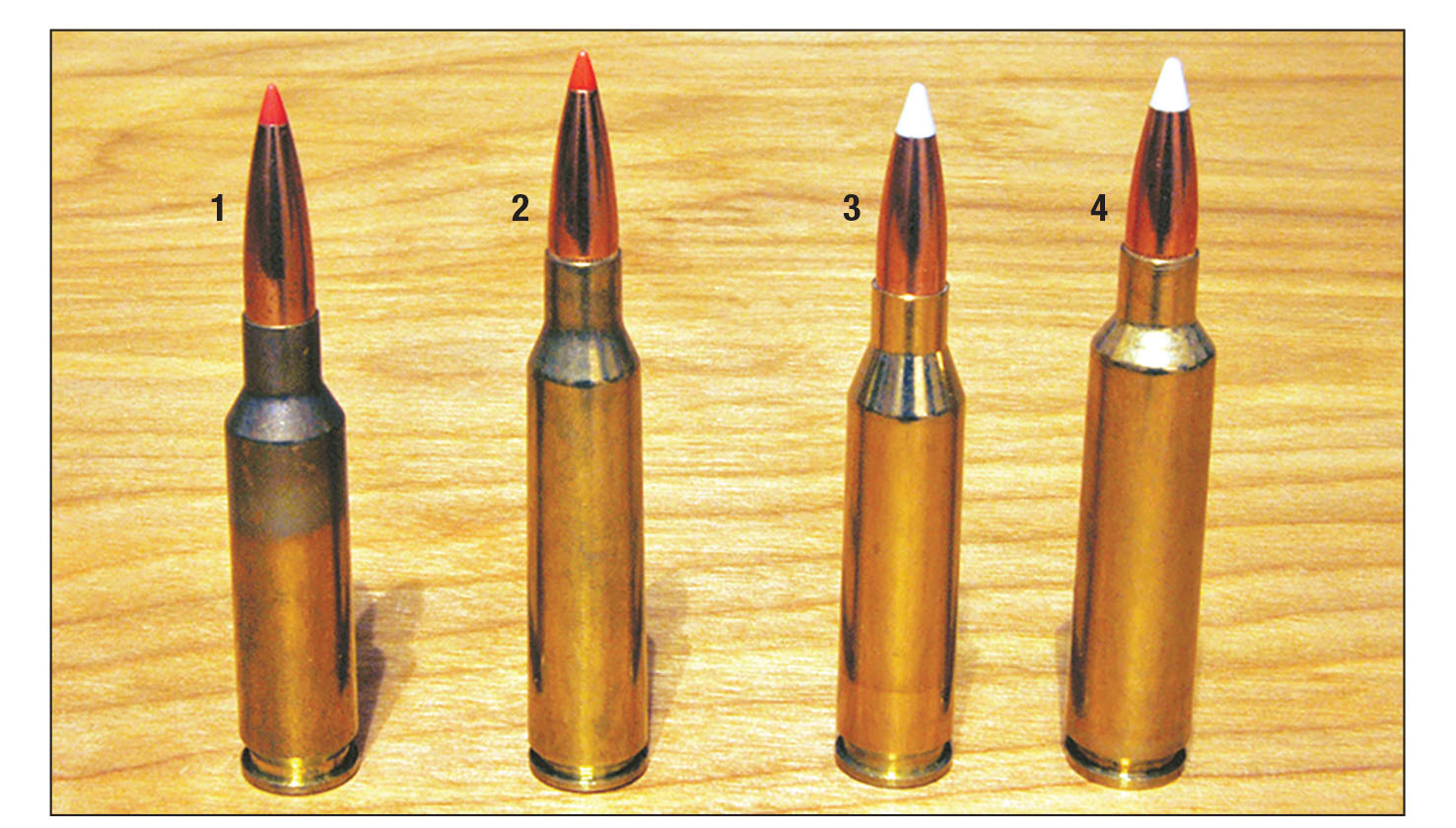
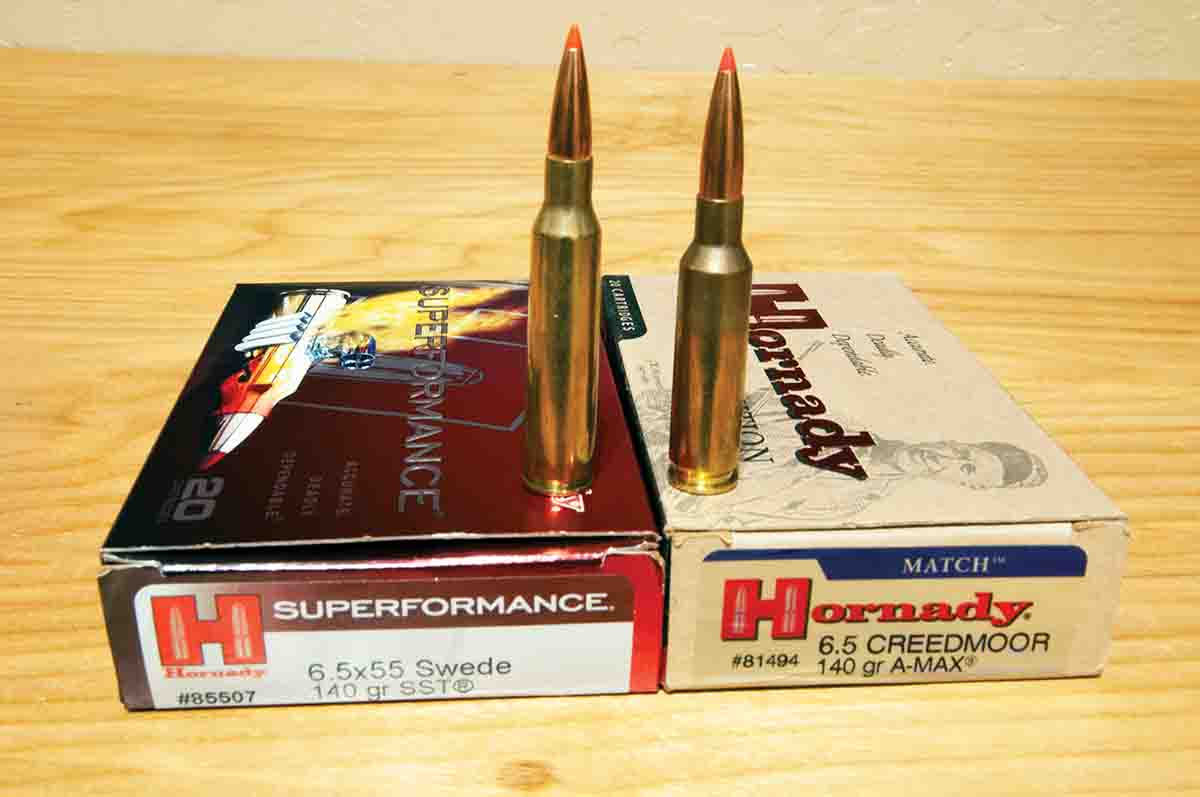
It has never been Wolfe Publishing’s purpose to “tell” readers which rifle/cartridge to purchase for a specific use. Our job is to test and report on new and old rifles/cartridges, share our findings in these pages and those of Handloader, then let subscribers and newsstand buyers make choices that are specific to their needs. Even personal friends deserve to make their own choices. One such fellow was considering a rifle for his young son, who had a deer tag last fall. I suggested he first decide how much he wanted to invest, talk to his other hunting buddies and choose three options, then call me regarding the ins and outs of each model. I never did ask which rifle he ended up with, but any of the three would have been a good choice.
Twenty-some years ago, investing in a field rifle was easier than it is today; so many “new” cartridges have popped up, a trend in long-range shooting has further stirred up the murky waters and a great deal of misinformation can be found wherever a reader wants to find it. What’s more, bullet ballistic coefficients (BC) and velocities seem to sell more rifles than any other factor except current politics. This is all fine and dandy for hunters and recreational shooters looking for a new rifle, so long as the “ballistic realities” are recognized ahead of any purchase. Knowing exactly what options there are before buying something will lead to a satisfied hunter.
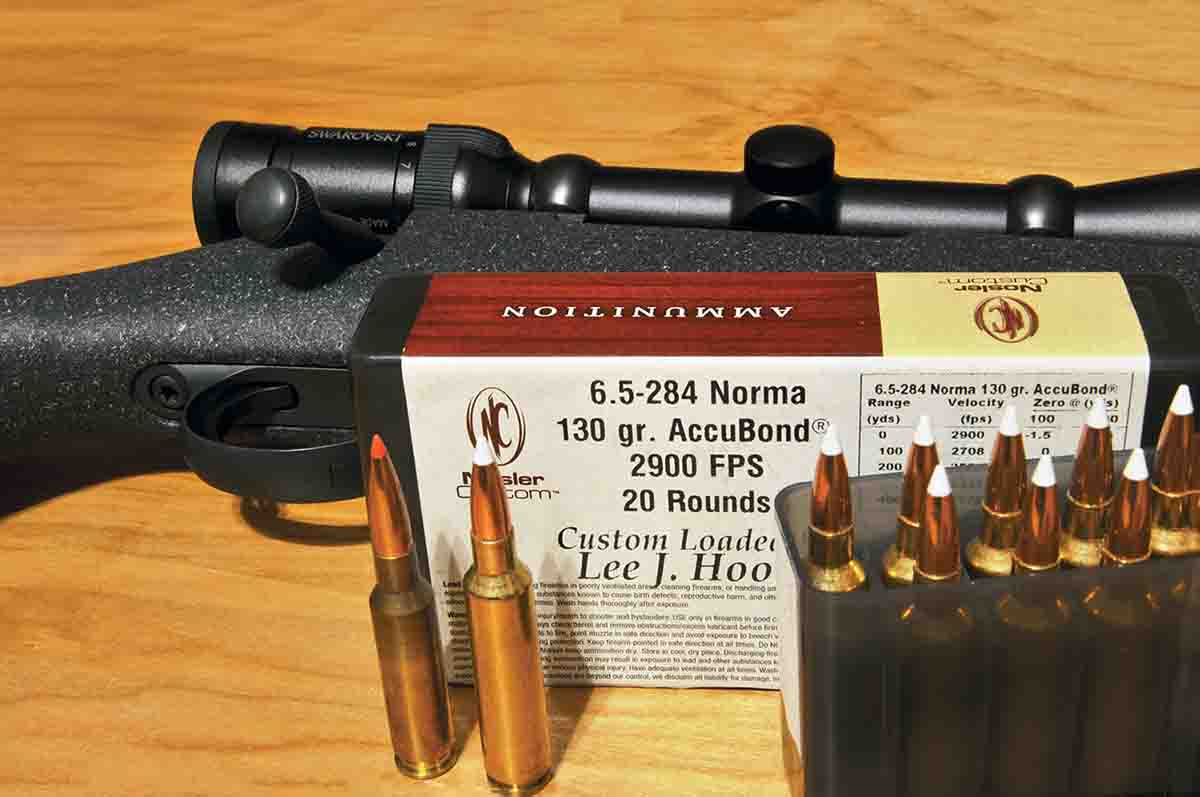
Up-to-date handloading manuals contain a wealth of information for any rifleman considering a new gun purchase, whether handloading is intended or not. Here’s another example, though I don’t necessarily mean to pick on the 6.5 Creedmoor. I purchased one within a month or two of the cartridge’s introduction, shot mule deer and pronghorn with it, and still shoot it now and then. The Creedmoor remains a cartridge that nearly every manufacturer pushes in its line. In fact, for several months it was nearly impossible to have a rifle shipped to the Wolfe office chambered for any other cartridge. The 6.5 Creedmoor is also a cartridge some riflemen still believe has mystical ballistics, but as will be seen, it’s not much different than “modern” cartridges that came before it.
Let’s first consider velocities stated in the HORNADY HANDBOOK OF CARTRIDGE RELOADING, TENTH EDITION (2016), using 140/143-grain bullets. Top velocity listed with powders such as Reloder 17 and IMR-4350 is 2,750 feet per second (fps). Only 44.7 grains of SUPERFORMANCE propellant provides a higher velocity of 2,800 fps, for a difference of 50 fps. In the same manual, loads for the .260 Remington using the same bullet weights, maximum velocity is also listed as 2,750 fps with propellants such as Accurate 4350 (41.7 grains), RL-19 (45.1) and H-1000 (49.6), to name a few. Both cartridges were tested with a 24-inch barrel with a 1:8 twist – a fair comparison.
Now consider Hornady’s handload ballistics for the 6.5x55 Swedish Mauser, a cartridge that dates back to the 1890s. It was eventually loaded with 156-grain roundnose full-metal-jacketed bullets that measured .263 inch in diameter and moved out at around 2,300 fps. Using the same 140/143-grain bullets through a 29-inch barrel, top velocity reaches 2,659 fps. On hand, however, is a box of Hornady SUPERformance 6.5x55 Swede 140-grain SST factory loads with a listed muzzle velocity of 2,735 fps. One last Hornady Match 6.5 Creedmoor factory load lists a 140-grain A-MAX at a muzzle velocity of 2,710 fps. Is that velocity range starting to sound familiar?
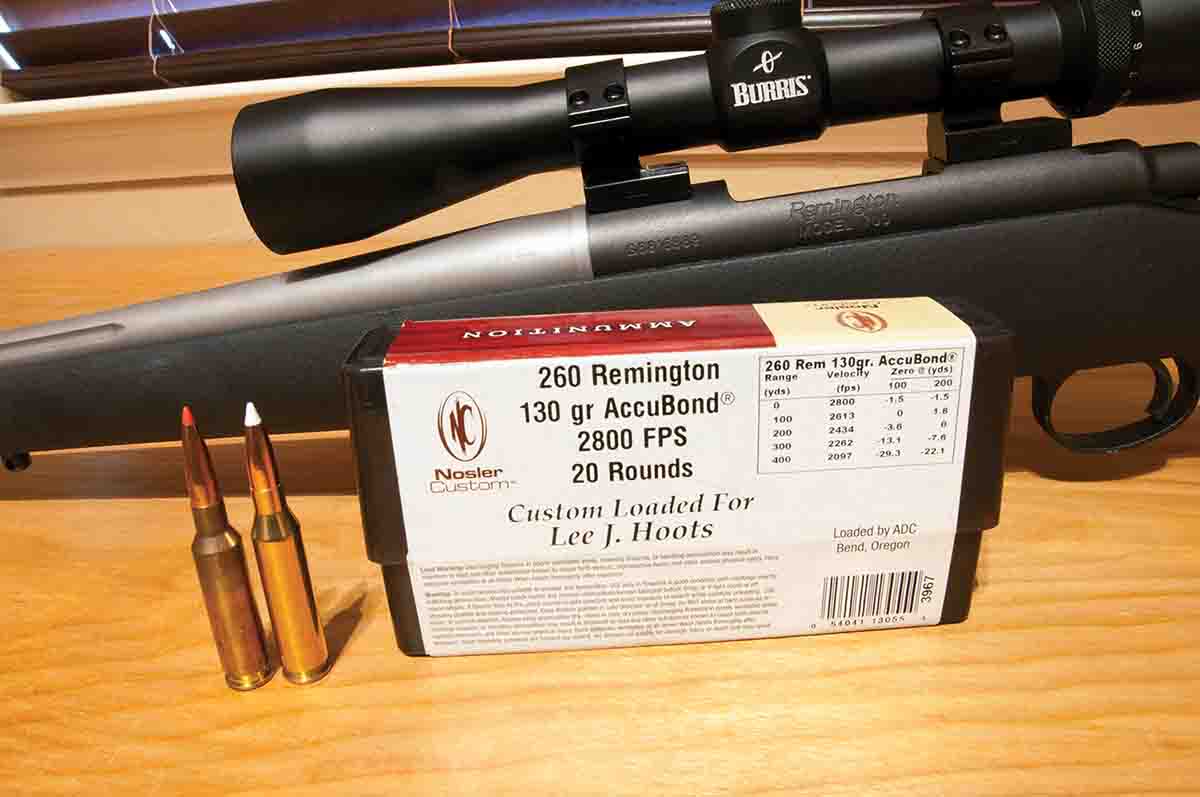
Since these velocities are all taken from the same manual and testing protocols, perhaps the 6.5-284 Winchester wildcat cartridge should be included. Sticking to the same bullets, the same BCs and a 24-inch test barrel, top velocity remains 2,700 fps loaded over several powders to include RL-22, H-4831, IMR-4831 and VV-N165.
In the same manual, still using Hornady 140/143-grain bullets, Hornady lists a top velocity of 2,700 fps for the so-called “outdated” .260 Remington with propellants that include 43.4 grains of Reloder 19, all the way down to 49.6 grains of H-1000. By now, anyone reading this is beginning to see the slight ballistic differences from one cartridge to the next – the “fine print,” if you will. Furthermore, on hand are NoslerCustom 6.5-284 Norma factory loads consisting of 130-grain AccuBonds listed at 2,900 fps, and another box of .260 Remington loads with 130-grain AccuBonds at a stated velocity of 2,800 fps.
Note that several of the factory loads listed here are said to provide more velocity than maximum listed handloads, and more of the same can be found in catalogs and on dealers’ shelves. This is due to the fact that ammunition manufacturers often use proprietary powders, or blended propellants, that are not available to handloaders, and likely never will be. That doesn’t mean a handloader can’t improve velocity and accuracy for a specific cartridge/rifle/bullet combination, though pushing pressures to the red line often invites more trouble than it’s worth. About nine years ago, I encountered a young man at a local shooting range who explained that he always used “hot” loads, then went on to say he could only use his .260 Remington brass three times before the primer pockets enlarged enough that they had to be tossed out! A chronograph helps, even for recreational riflemen, yet most affordable units, even expensive versions, provide no help when it comes to pressures, and there is still no way to acquire proprietary propellants. So stick with published data found in manuals or Wolfe Publishing’s LoadData.com, and realize that in some cases velocities may never be as high as those found in factory ammunition.
Whatever the reason is for purchasing a new rifle/cartridge, first do the required homework so a chosen hunting rig lives up to expectations, and don’t overlook the valuable information found in current reloading manuals because they might just reveal that one cartridge mirrors the ballistics of another that previously had not been considered. It’s all there in the “fine print” without any editorial hype – including why your primer pockets might be expanding prematurely.


